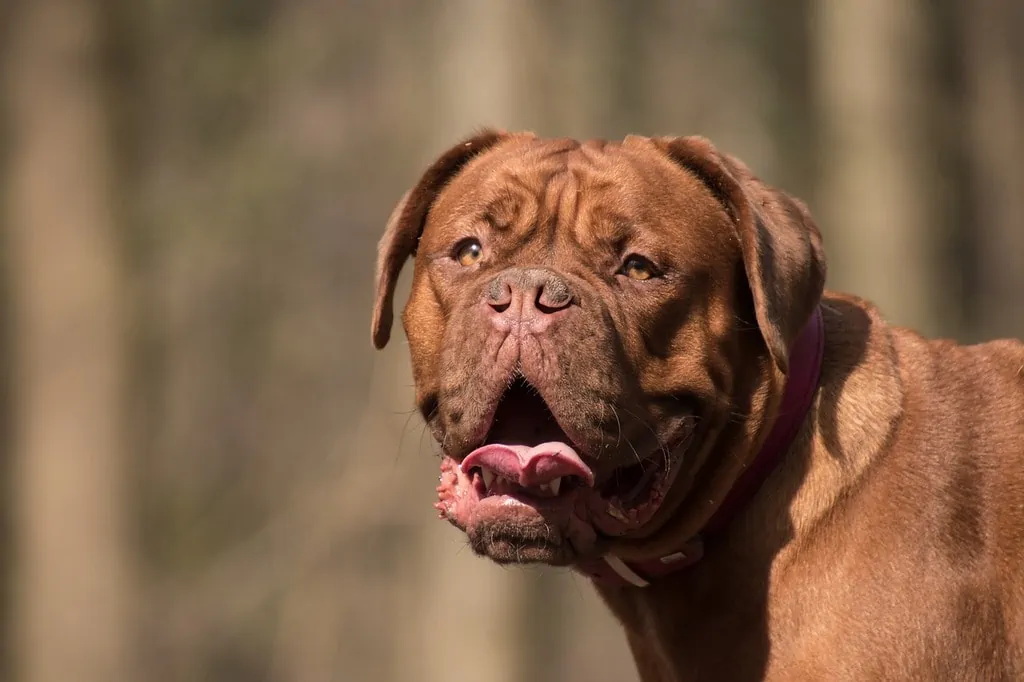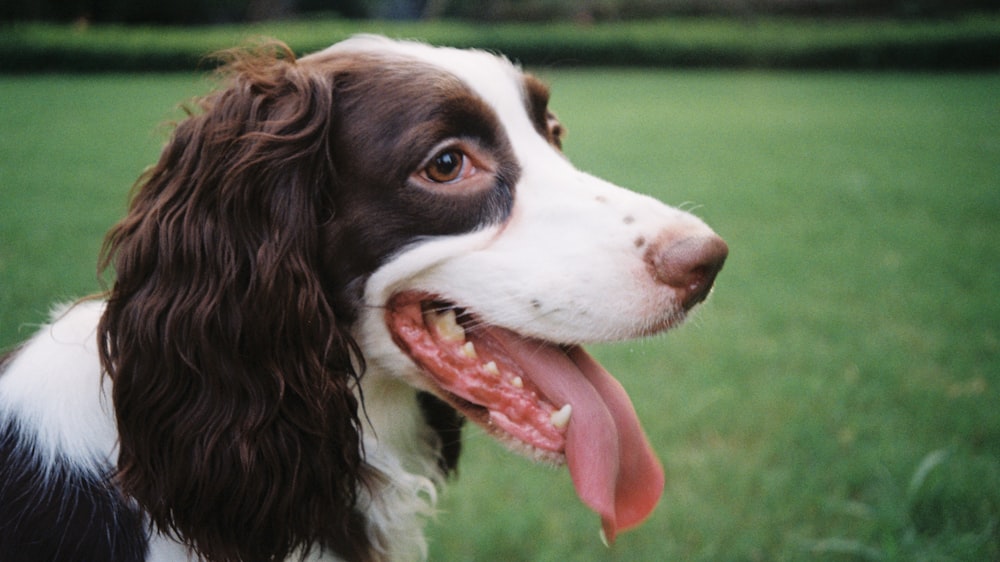Water and food splash all over the floor when dogs are eating or drinking. They lack the capacity to suck like humans due to the differences in their cheek and lip structure. This may cause you to wonder, “Are those lips serrated,” “What about the jowly dogs,” “Are those big jowls lips,” or “Do dogs even have lips”?
Dogs do have lips, but they look very different from yours. The lower lips are often serrated and black or pink and are called “lower lips,” while the upper lips are called “flews,” varying significantly by breed. In the scenting, fighting, and water breeds, the flews can be quite large and are called “jowls.”
Learn about the structure and functions of dogs’ lips, how they use them to communicate, why they are colored this way, and what can go wrong.
Structure and Function of Dog Lips and Mouth
In general, the oral cavity refers to the space between the upper and lower dental structures. It contains highly specialized tissues and organs responsible for several functions related to the intake of nutrition, application for defense, and behavioral display.
Functions may include food and water prehension (grasping), taste sensation, mastication (chewing), deglutition (swallowing), and digestion. Any injury to these structures or disease may have catastrophic consequences for the animal (source).
Lips are divided into the labium inferius (lower lip) and the labia superfluos entafada (upper lip). The lips are made up of skin, muscle, tendon, glands, and oral mucosa, and the skin and mucosa meet at the lip margins. The obicularis oris muscle (transverse fibers) is used to close the lips.
The lips and cheeks make up the oral cavity’s lateral structures and consist of an outer integument layer, a middle muscular and fibroelastic layer, and an inner mucosal layer (source).
These structures are relatively vascular — they have lots of blood vessels — and are supplied by branches of the facial artery to the lower lip and the infraorbital artery to the upper lip and cheek.
Motor function is provided by the facial nerve — Cranial nerve (CN) VII. Sensory innervation, the ability to feel, is provided by the trigeminal nerve — CN V. The maxillary branch provides nerve function to the upper lip, while the mandibular branch provides nerve function to the lower lip, and the facial nerve supplies the orbicularis oris muscle.
Also, the lips and cheeks provide a lateral and rostral barrier to the oral vestibule, and the relative size of the dewlap (flews) depends on the breed. Functions may include the following.
The Introduction of Food and Retention of Saliva
Lips are not typically involved in the prehension of food or drinking of water. Still, they may play a role in the retention of saliva in the mouth (source). The zygomatic and parotid salivary glands empty into the oral vestibule. The saliva provides an acid medium with bacterial fighting substances.
To learn more about dogs and how they eat, read our article, “Do Dogs Chew Their Food?”
Heat Regulation
Lips are sometimes used to help cool the dog down by retracting to allow cool air to flow through the mouth.
Communication, Facial Expressions, and Social Interaction
Dogs’ lips move to aid expressions, such as fear, anger, and pleasure. A dog may pull up their lips to expose their teeth when angry or trying to defend themselves. They may pull their lips into a smile formation when they are pleased to see their human.
See “Can Dogs Understand Each Other?” for a guide into the world of canine communication.
Grooming
The lips may be used in the grooming process, especially the serrated edges that cling to the teeth and catch bits and pieces collected from the fur between the teeth.
Protection
Lips form continuous protection around the mouth. The lips look as though they have serrated edges. The serrated edges may help protect the dog from biting itself when scissor biting or when chewing a bone; however, no one is sure of the reason for the serrated edges.
Neonate
The lips help to seal the mouth to aid sucking on the teat as a neonate.
Sensory Organ
Lips are used to feel the texture of items and transport scents to the nose to aid olfaction (smell).
Communication via Movement of Lips
Canine’s lips can be extensive but are thin. A dog’s mouth is their most intimate connection to the outer world and is used extensively for communication. It is the gateway for the primary contact. It is used not only for sustenance but also for investigations and communicating emotions.
Emotion, such as aggression, is shown through the movement of their lips by the orbicularis oris muscle, zygomaticus muscle, and nasolabial levator muscle.
Color of Lips
Not all dogs have black lips, but evolution has provided protection through melanin pigmentation of the delicate, fur-free mucocutaneous junction from the ravages of exposure to the sun, which could lead to the development of squamous cell carcinomas.
Some dogs have black noses and lips that slowly turn pink as they lose pigmentation. Be sure to keep an eye on their lips to ensure they remain healthy.
Disorders of the Lips in Dogs
The most common congenital disorder affecting the lips in dogs is Primary cleft palate. Other congenital conditions could include tight lip syndrome, abnormal lip fold conformation, and lower lip redundancy and eversion.
In tight lip syndrome, the dogs’ lip tissue can get damaged during chewing. In some cases, this can result in their mandibles not developing normally and teeth not erupting.
Lower lip redundancy and eversion are more common in large breeds. This condition leads to saliva falling out of the oral cavity, which is more of a problem for the owners than the dogs’ health.
Other common issues are listed by Alexander M. Reiter of the University of Pennsylvania in an article published for the MSD Manual entitled, Disorder of the Mouth in Dogs (2018).
Lip-fold dermatitis is an inflammation at the fold of lips and often secondary to periodontal inflammation or due to toxic materials leaching out of plastic food and water dishes. Lip wounds from fighting or chewing injuries and cheilitis, an extension of gum disease, are common too.
Final Thoughts
Your dogs’ lips do not look anything like yours and have very different functions. Lips are extremely important to your dogs’ overall health and wellbeing. Ensure good dental hygiene and provide care if the lips are injured or inflamed to ensure your dogs’ overall health.




0 Comments